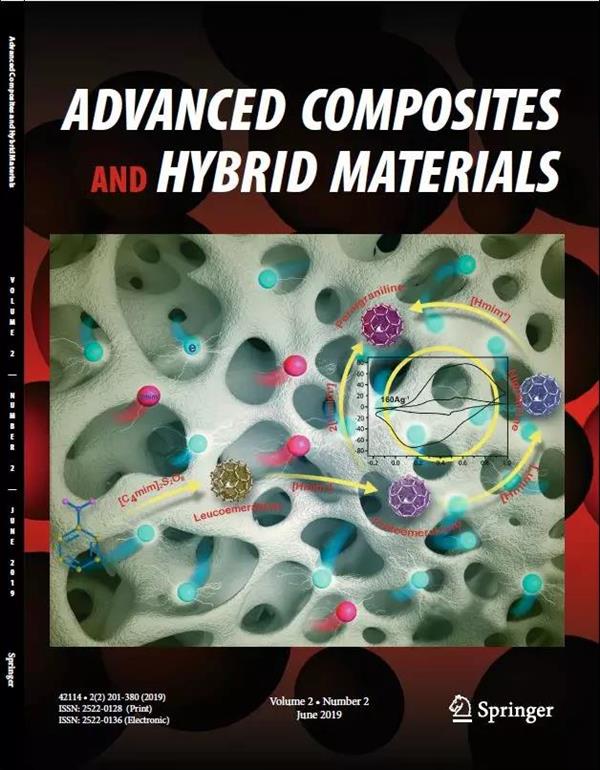Biodegradable nanofiber membranes based on interpenetrating network for highly efficient oil/water separation
Abstract
Membrane separation technology has undergone widespread attention for oil–water separation due to its energy-saving and high selectivity properties. Nevertheless, environmental contamination from deserted plastic membranes poses a pressing issue in the pursuit of environmentally sustainable separation methods. Biodegradable oil–water separation membranes constructed by low-cost materials with excellent hydrophilic surface provide a promising avenue for creative and sustainable solutions but rarely reported. Herein, we designed biodegradable nanofibrous membranes with interpenetrating network by sodium methacrylate (SMa) cross-linked chitosan (CS)/polyvinyl alcohol (PVA) for highly efficient oil/water separation via green electrospinning technology. The structure of nanofibrous membranes was finely tailored through optimizing electrospinning parameters and cross-linked conditions. Benefiting from the hydrophilic cross-linked network structure, the fabricated membranes show an outstanding separation performance for stable oil–water emulsions containing surfactants with permeance about 2.1 × 104 L·m−2·h−1·bar−1 and separation efficiency above 99.5% superior to that of the state-of-the-art membranes. Meanwhile, the separation permeance and efficiency of oil-in-water emulsion can be kept above 90% of the initial value after 20 cycles. In addition, the CS/PVA-SMa nanofiber membrane was also capable of being biodegraded by soil within 40 days, which can be a sustainable alternative to traditional oil–water separation membranes, providing a path toward environment-responsible applications in tackling oil–water separation issues.

 求助内容:
求助内容: 应助结果提醒方式:
应助结果提醒方式:


